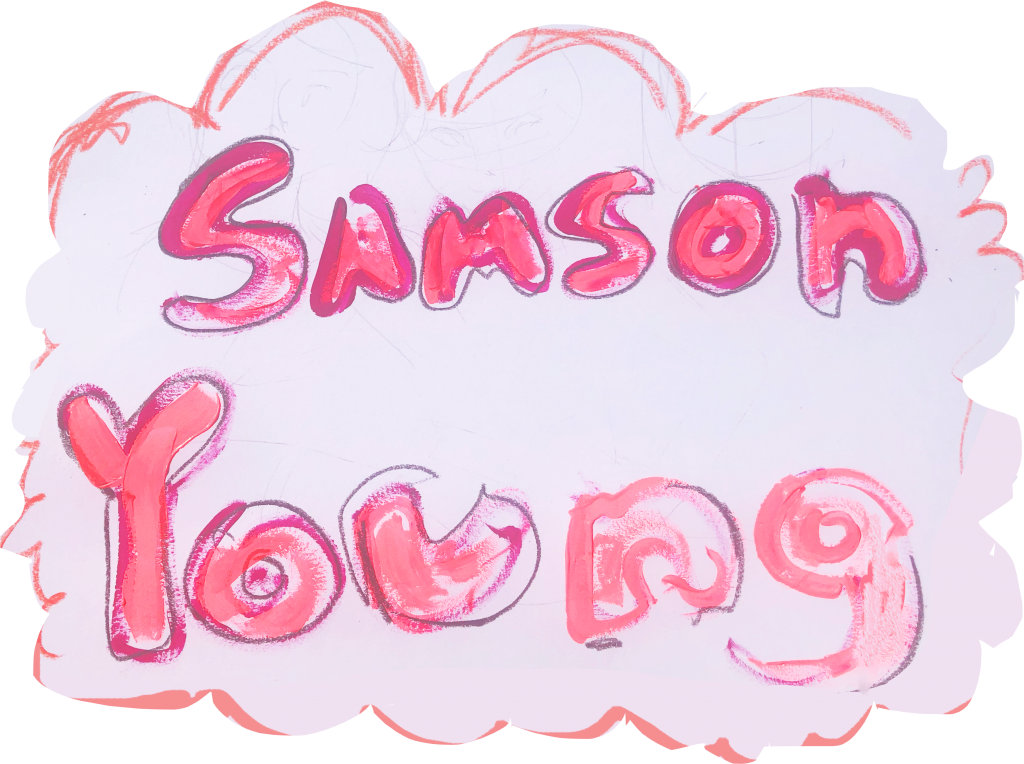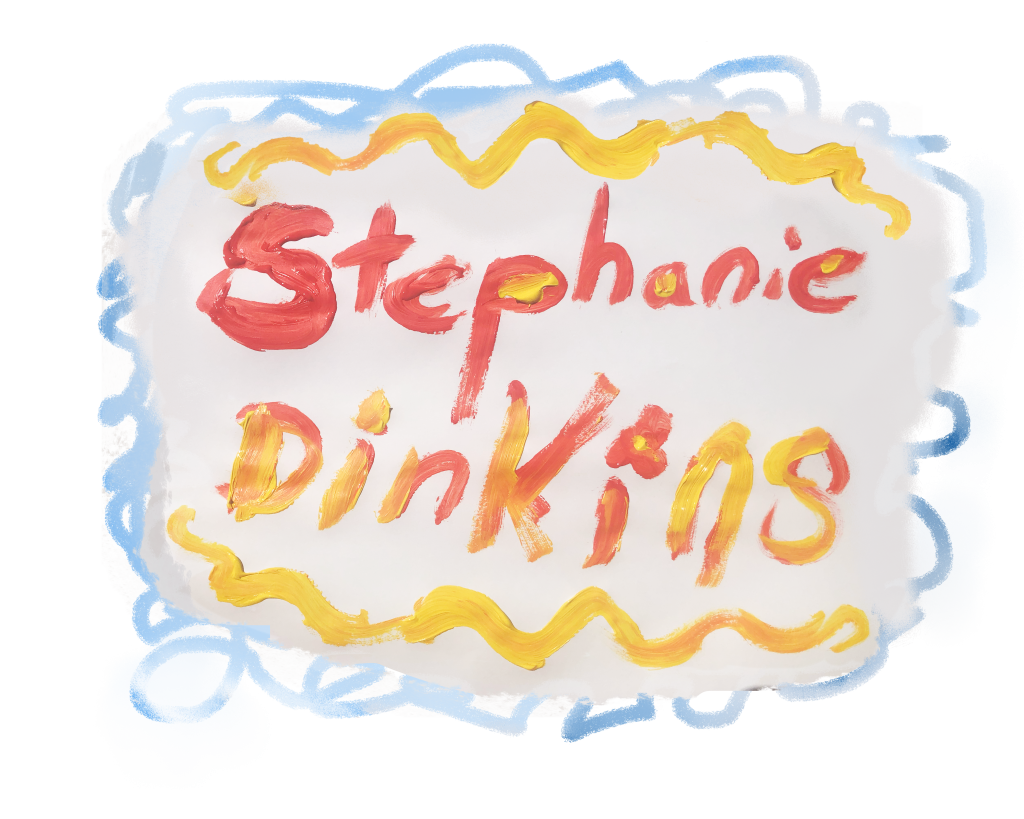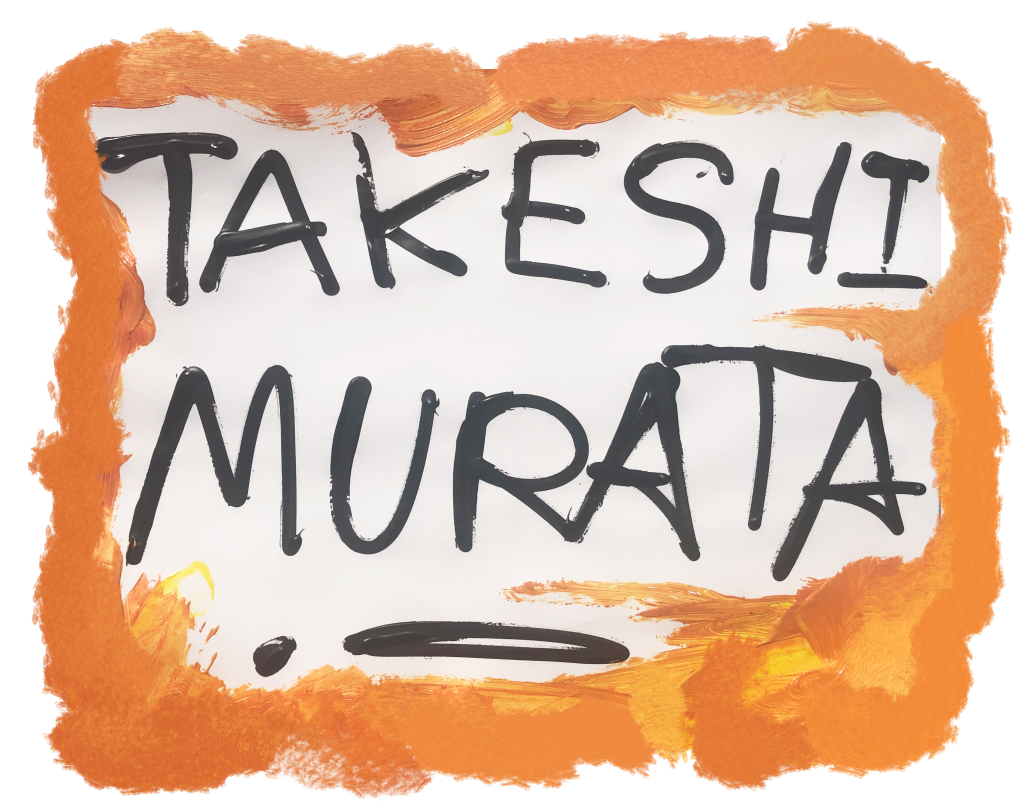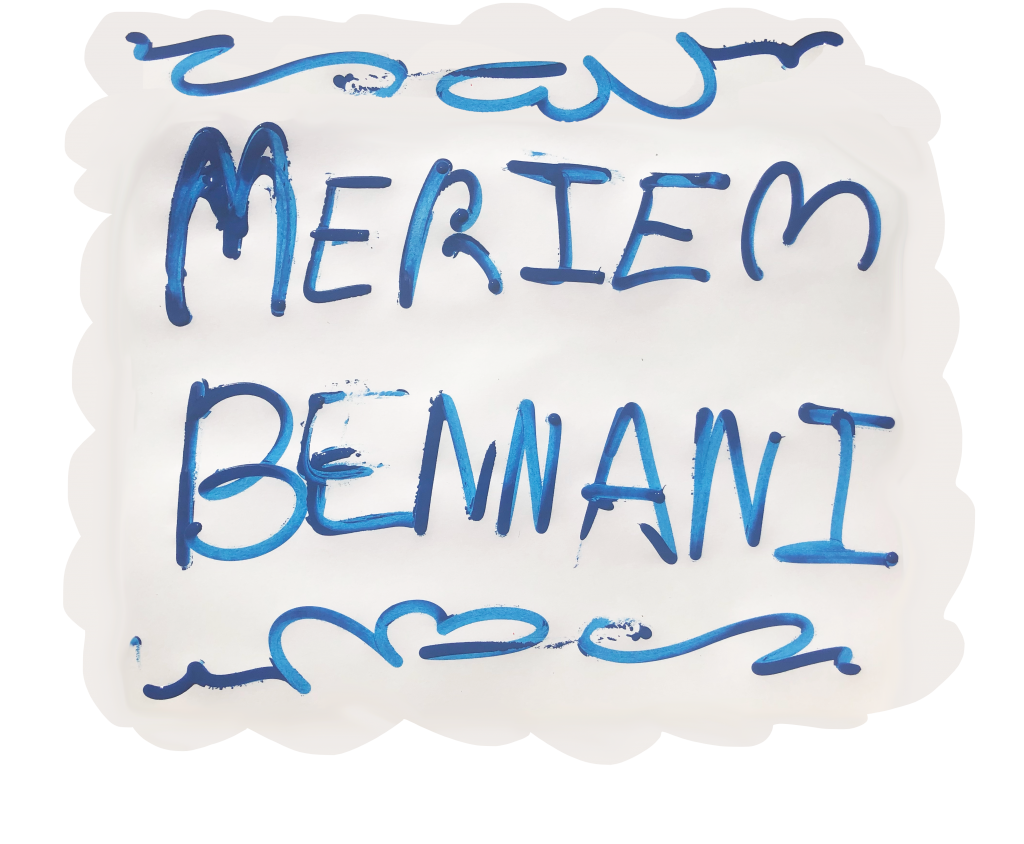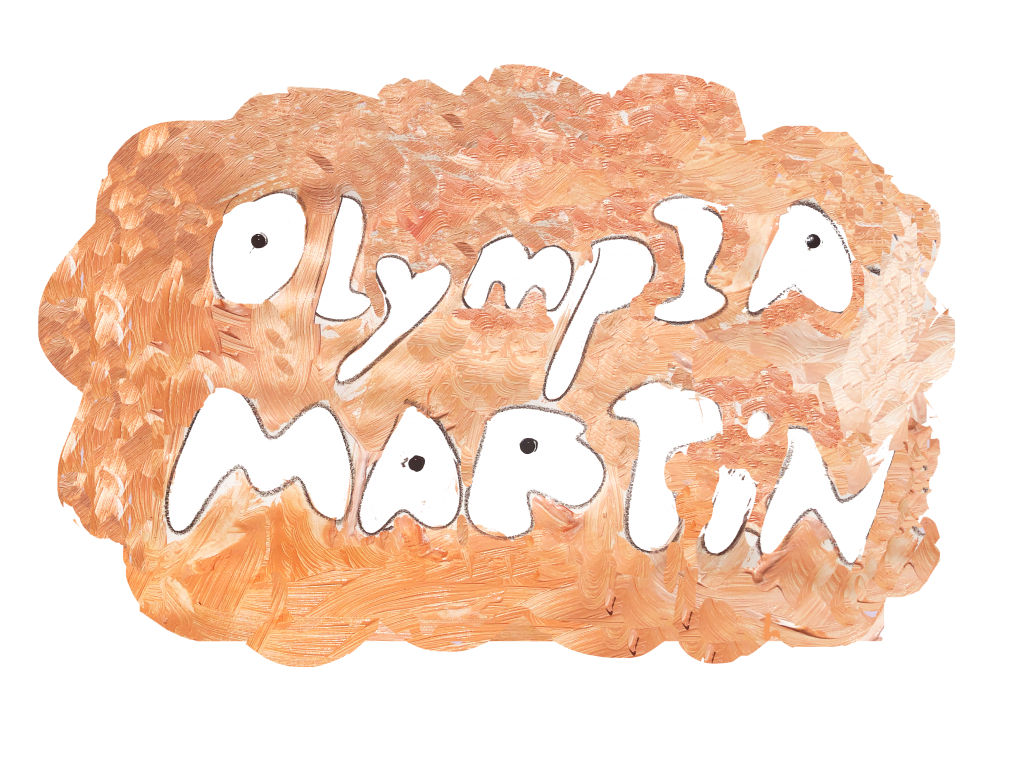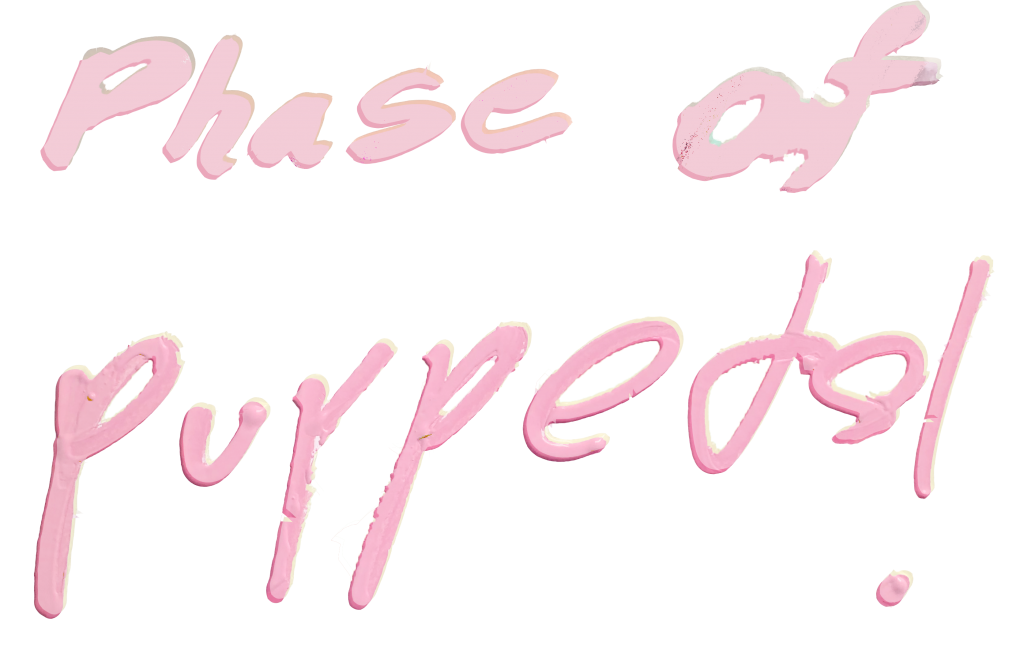
The root word of “animation” is the latin anima, which roughly translates into breath. With this in mind, the history of animation itself began not with even drawing, but with puppets and cut out paper, with animators being seen as reinstalling life into the inorganic, akin to Dr. Frankenstein with his monster. The first recognized animated movies being the Argentenian cut out paper film El Apostol in 1917 and German director’s Lotte Reiniger’s silhouette animation “The adventure of Prince Achmet” in 1927. The prior being a political satire mocking Argentina’s then president, the later being a 5 act fantastical courtship. The very first stories to be passed down from generation to generation were not written or drawn, but were spoken. Both the act of telling a story and creating an animation, involve the release of this anima whether it be the breath of the speaker or the animator putting breath into their own work.
These 6 works are being displayed together as they all display a unique interpretations of narrative with animation. From the exploration of ancient vs modern ideals of a hero in Takeshi Murata’s work, to the Afrofuturism of Stephanie Dinkin’s work. Each piece displays a subversion of the low brow status of animation, telling complex stories and narratives. The auteur like quality of animation, the fact that all the materials such as character design, setting, and lighting can feasibly be created by a singular individual adds both to the specificity of what the artist is meant to show. These artists use the specific choices of character design for sometimes humorous, sometimes horrifying experiences.
